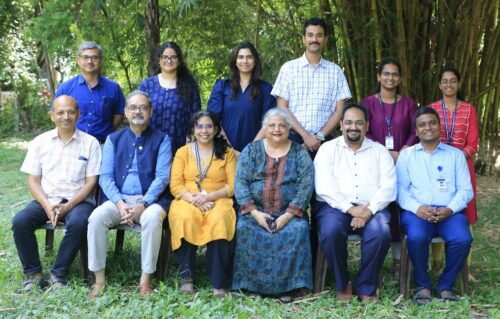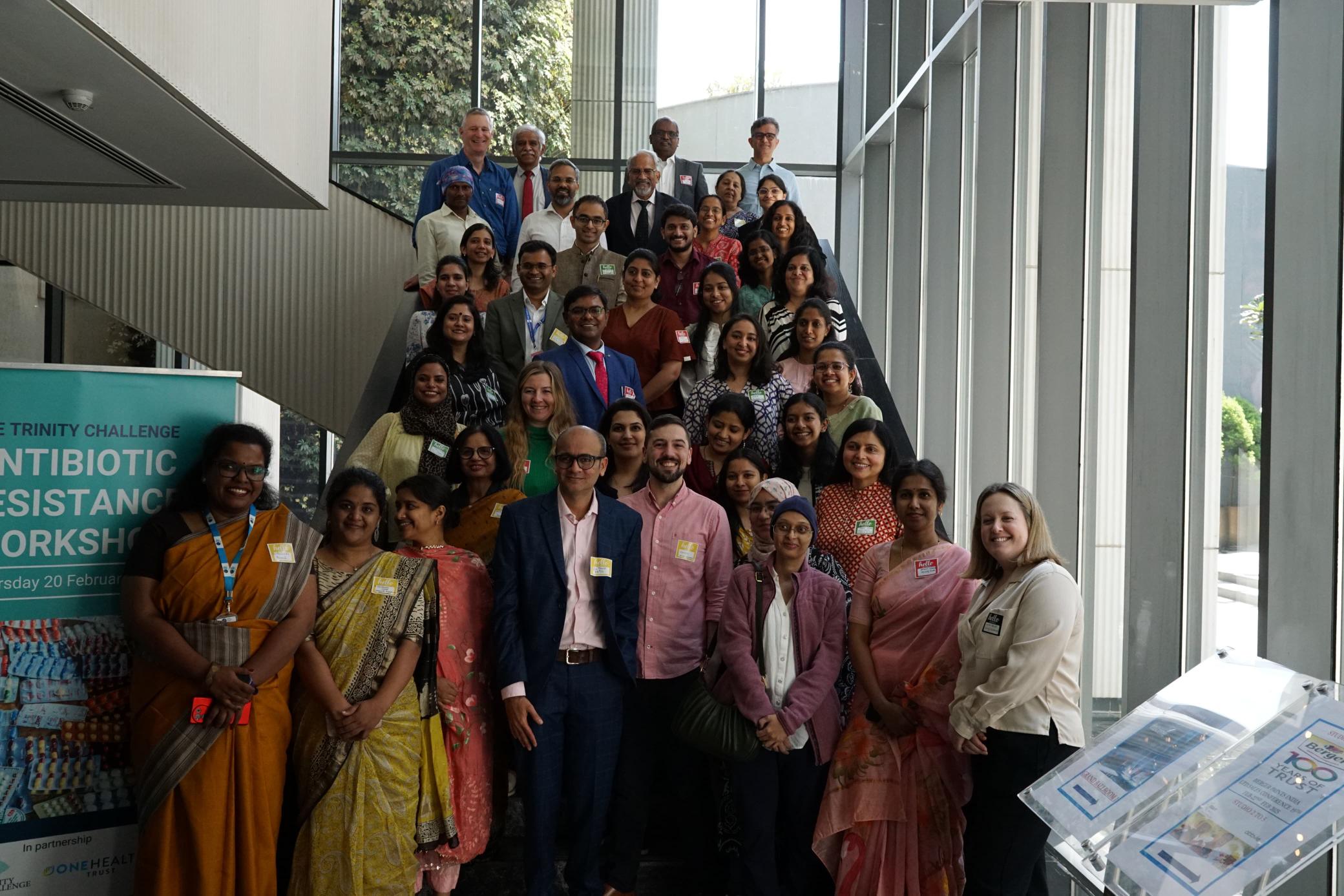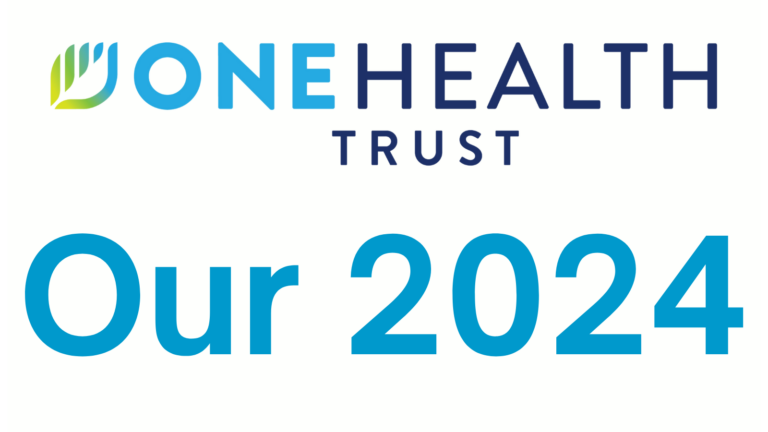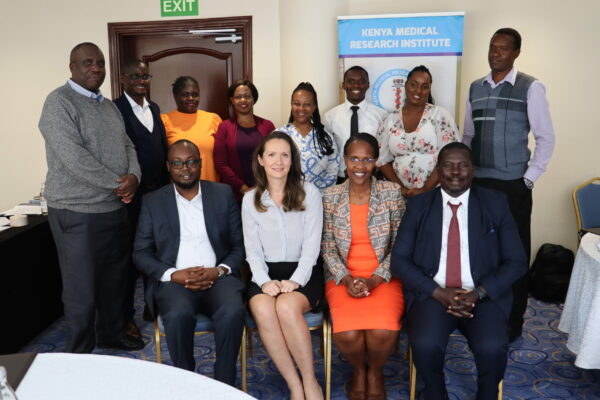November 01, 2012
This week, The Lancet has published two important articles on the Affordable Medicines Facility-malaria (AMFm), an innovative financing mechanism designed to expand access to the most effective treatment for malaria, artemisinin-based combination therapies (ACTs), through high-level subsidies. Below is an abriged press release, originally issued by The Lancet, as well as links to the relevant articles:
New global subsidy for the most effective malaria drugs shows promise
A new international scheme providing lifesaving antimalarial drugs at cheap subsidised prices has rapidly transformed access to effective artemisinin combination therapies (ACTs) in seven African countries accounting for a quarter of the malaria cases across the globe. This could save millions of lives. The first independent evaluation of the Affordable Medicines Facility-malaria (AMFm) program is published in The Lancet.
Africa is home to 80% of the global malaria cases, yet most of the population do not have access to affordable ACTs , explains Kara Hanson from The London School of Hygiene and Tropical Medicine, UK, one of the lead authors. Access is restricted by unreliable public health facility supply, high prices, and limited availability in the private sector where most people go to buy medicines. Cheaper, less effective antimalarials currently dominate the market. Worryingly, artemisinin monotherapies are also widely available in some countries, and the use of these medicines can encourage development of resistance to ACTs.
The study evaluated eight national AMFm pilot programs in Ghana, Kenya, Madagascar, Niger, Nigeria, Tanzania (including Zanzibar), and Uganda. Changes in availability, price, and market share were assessed in each country using nationally representative surveys of public and private sector outlets that stock antimalarial drugs before and 6–15 months after the introduction of subsidized quality-assured ACTs (QAACTs) and supporting interventions (e.g. communication campaigns).
Between August, 2010, and the end of 2011, over 155 million doses of QAACTs were subsidized by AMFm. QAACT availability more than doubled in five countries and market share more than doubled in four. The effect of AMFm was more limited in Niger and Madagascar, where AMFm ACT orders were lower.
AMFm had a particularly dramatic effect on the private sector where QAACT market share increased in all pilots, with the increase exceeding 30 percentage points in five of these. Additionally, private for-profit QAACT prices fell substantially (by up to 80%) in six countries, with the decrease ranging from US$1.28 to $4.82 per dose.
The market share of artemisinin monotherapies also experienced large declines in Nigeria and Zanzibar, the two countries where their presence in the market was highest at the start of the program.
Although AMFm had less impact on public health facility ACT supply, the authors point out that there were substantial delays in ordering drugs and implementing the full program in some countries.
But not all of the changes observed can be attributed to AMFm as per the authors. There was some evidence from two countries that prices had already begun to fall before AMFm started and the market share of ACTs had started to increase, although most of the surge occurred in the public sector.
According to Hanson, it is clear that tapping into the private sector distribution chain can have a major influence on which antimalarial treatments are available and their price and quality in just a few months, but more information is needed about whether the subsidized drugs are reaching those most in need and on how diagnostics can be scaled up in the public and private sectors.
Writing in a linked comment, some of the world’s most eminent scientists warn that despite the program’s success, its future could be under threat. In November, 2012, the Board of the Global Fund will vote to either continue AMFm in a modified form after December, 2013, or terminate the program. There is a strong push from donors (though not from countries) to integrate AMFm into the regular Global Fund model, whereby countries would choose how much of their country’s budget envelopes, which is already committed to other priorities supporting the public sector, to reallocate to AMFm. We believe that this approach will create instability in artemisinin demand, reduce the number of ACT manufacturers, increase ACT prices, and abandon the millions who depend on AMFm-subsidised ACTs.
Worse still they say, with the world’s largest global health funder [the US President’s Malaria Initiative (PMI)] expressing unremitting opposition, even after the positive independent evaluation, the program’s future is uncertain. PMI has yet to suggest an alternative that would come close to the access afforded by AMFm in the private sector.
The article abstract can be found here. The Comment can be read here (login required).
For press inquiries, please contact Alison Buki.
Thumbnail image: Gates Foundation/Flickr
Homepage image: Gates Foundation/Flickr











